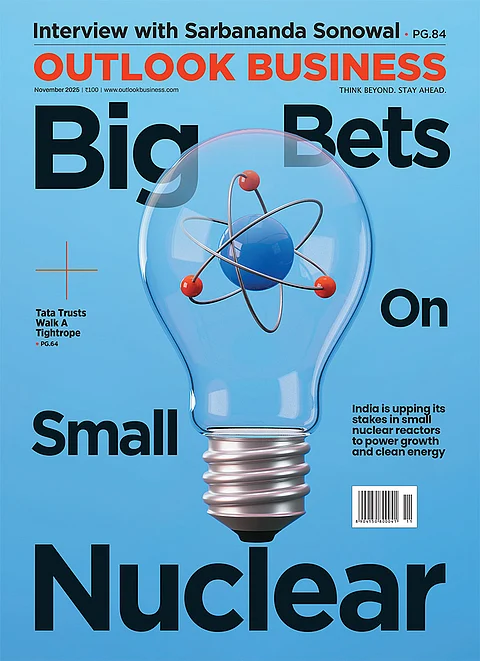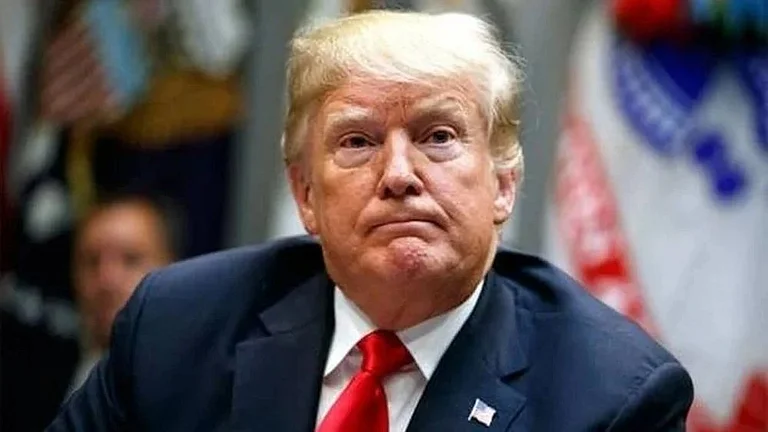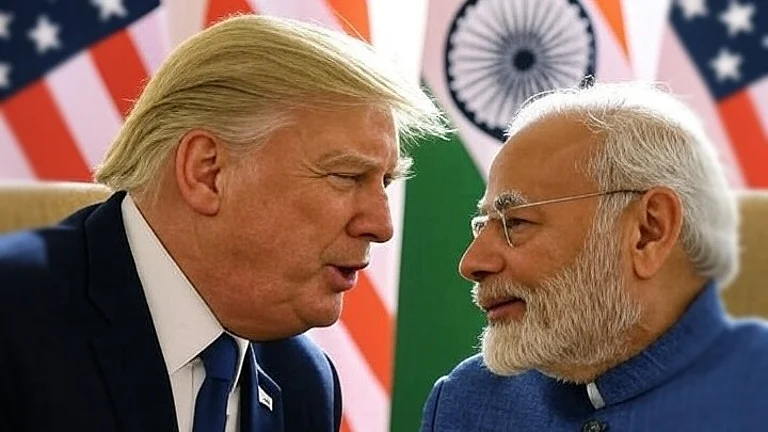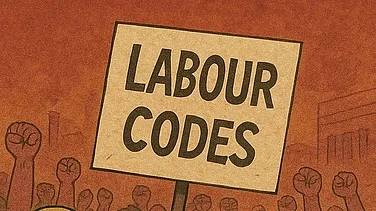
Trump’s comments on halting migration from “Third World Countries” have drawn global attention due to the ambiguity of the term
Once rooted in Cold War geopolitics, the phrase no longer has a clear modern meaning
Without specifying criteria, Trump has left uncertainty about which nations could be affected
When US President Donald Trump announced that America will “permanently pause migration” from what he called “Third World Countries”, the remark sparked confusion across the globe. The phrase, which sounds new, was once rooted in Cold War geopolitics. It has long since fallen out of formal use, but Trump’s statement now revived an outdated label.
“Even as we have progressed technologically, Immigration Policy has eroded those gains and living conditions for many. I will permanently pause migration from all Third World Countries to allow the US system to fully recover, terminate all of the millions of Biden illegal admissions…,” Trump wrote in a post on Truth Social.
“…Sleepy Joe Biden’s Autopen, and remove anyone who is not a net asset to the United States, or is incapable of loving our Country, end all Federal benefits and subsidies to noncitizens of our Country, denaturalize migrants who undermine domestic tranquility, and deport any Foreign National who is a public charge, security risk, or non-compatible with Western Civilization," he added.
As Trump did not specify what he meant by “Third World Countries”, and which nations are on the list, let’s first understand the meaning and originality of the term.
What Do “Third World Countries” Really Mean?
The term “Third World Countries” came from the Cold War, when global politics was organised around two dominant camps, including the US-led capitalist bloc and the Soviet-led communist bloc.
Countries that aligned with neither side were placed in a third category, a term that later became associated with poverty or “under development”, and is now considered “outdated”.
Under this framework, the First World referred to industrialised democracies connected to the United States, while the Second World covered communist and socialist states under Soviet influence. The Third World included the large group of nations that did not belong to either bloc.
The First World nations included the US, Western Europe, Japan, South Korea and Australia. Some African regions tied to European powers at the time were also placed here, such as Western Sahara under Spain, apartheid-era South Africa and South West Africa (now Namibia). Neutral European states — Switzerland, Sweden, Austria, Ireland and Finland — were similarly treated as part of the First World despite not formally joining the Western bloc.
The Second World consisted of the Soviet republics and their allies in Eastern Europe — from Poland and East Germany to Czechoslovakia and the Balkan states — along with Asian communist governments aligned with Moscow or Beijing, including Mongolia, North Korea, Vietnam, Laos and Cambodia.
Every other country fell into the Third World category, a diverse set of mostly agrarian or newly independent states across Africa, Asia and Latin America.
Does India Fall Under ‘Third World’ Category?
Whether India falls under Trump’s proposed “Third World” ban depends entirely on how the term is defined, something Trump never clarified. Without a clear criterion, it’s impossible to know which countries his statement actually targets.
If Alfred Sauvy’s original Cold War definition is applied, India would technically fit the label because it belonged to the non-aligned group. In today’s economic context, however, India is classified as a developing nation rather than a Least Developed Country (LDC). It does not appear on the UN’s list of 44 LDCs.
That said some modern interpretations still use the phrase loosely. For instance, World Population Review’s 2025 HDI-based list places India, with an HDI of 0.685, in its version of “Third World” countries.
Essentially, established global frameworks do not classify India alongside the world’s least developed nations. But since Trump did not define the term in policy terms, his remark leaves India’s status, and that of many other countries, ambiguous.
As of December 2024, the UN designates 44 states as Least Developed Countries (LDCs), including 32 in Africa (such as Angola, Ethiopia, Malawi, Rwanda, Uganda, and Zambia), 8 in Asia (including Afghanistan, Bangladesh, Nepal, and Yemen), 1 in the Caribbean (Haiti), and 3 in the Pacific (Kiribati, Solomon Islands, and Tuvalu).
The UN also cautions that several borders shown on its maps are provisional — including the demarcation between Sudan and South Sudan, and that the territorial status of Jammu and Kashmir is still disputed.
Trump has not yet outlined which countries would fall under this label, but his administration recently began reviewing the immigration status of every permanent resident, or Green Card holder, from Afghanistan and 18 other countries.
That order fully restricted or limited the entry of nationals of the following 12 countries: Afghanistan, Burma, Chad, Republic of the Congo, Equatorial Guinea, Eritrea, Haiti, Iran, Libya, Somalia, Sudan and Yemen.
It also imposed partial restrictions on nationals of these seven countries: Burundi, Cuba, Laos, Sierra Leone, Togo, Turkmenistan and Venezuela.





























